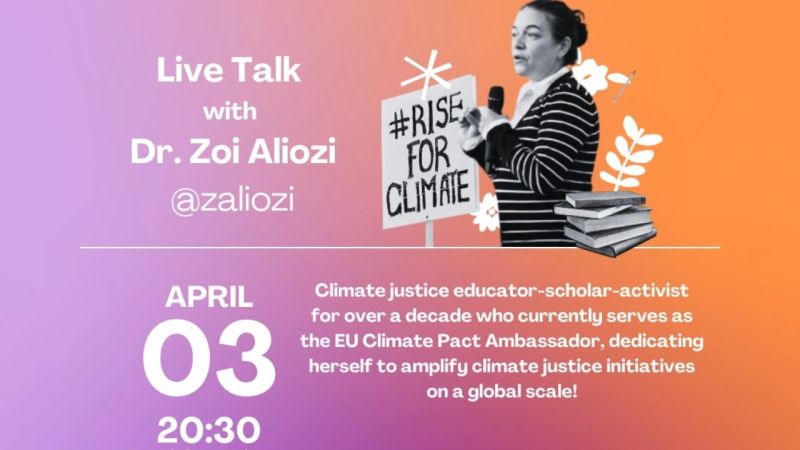Introduction: The Missing Gender Perspective in Climate Law
When we speak about climate change, the conversation often focuses on carbon emissions, renewable energy, or biodiversity loss. What’s often missing is a gender perspective.
Ecofeminism bridges this gap by recognising that the same systems of oppression that harm women and marginalised genders also harm the environment. It challenges patriarchal, extractive, and anthropocentric legal systems that have historically treated both nature and women as resources to be controlled, exploited, and silenced.
As I have explored in my research on feminist legal scholarship and climate justice, integrating gender into environmental law is not an optional “add-on” — it is a requirement for true justice.
What Is Ecofeminism?
Ecofeminism is both a theory and a movement that links the exploitation of the environment with the oppression of women and other marginalised groups.
It emphasises:
- Interconnectedness between human and ecological well-being.
- Critique of patriarchy as a root cause of both environmental destruction and gender inequality.
- Valuing care, community, and sustainability over extraction and domination.
The Gendered Impacts of Climate Change
Climate change is not gender-neutral. The consequences often fall hardest on women, especially in the Global South:
- 🌊 Women make up the majority of those displaced by climate-related disasters.
- 🚱 Water scarcity increases burdens on women, who are primary water gatherers in many regions.
- 🌾 Agricultural losses disproportionately affect women farmers who often lack land rights.
- 🏥 Health impacts, including maternal health risks, intensify under climate stress.
In my work with climate justice education, I emphasise that:
“Ignoring gender in climate law not only weakens legal protections — it perpetuates the very inequalities that climate justice seeks to address.”
Why Gender Matters in Environmental Law
1. Different Vulnerabilities Require Different Protections
Legal frameworks must account for unequal exposure to climate risks. For example, disaster relief laws that do not address gendered needs may fail to protect women’s safety in shelters or post-disaster recovery.
2. Representation Shapes Policy
If women, Indigenous leaders, and other marginalised voices are absent from decision-making bodies, climate laws risk reinforcing patriarchal priorities.
3. Challenging Anthropocentrism
Ecofeminism questions the human-centred bias of environmental law, pushing for ecocentric approaches that value nature for its own sake, while also recognising the relational role of women in sustaining ecosystems.
4. Intersectionality in Climate Justice
Gender must be considered alongside race, class, colonial history, and other forms of inequality — a framework essential to both ecofeminism and critical climate justice.
Movement Moment: “Join Forces for a Better Future”
During my Instagram Live discussion with Latinas por el Clima (watch here), I shared why gender matters in climate action:
“Join forces for a better future.”
That message captures the heart of ecofeminism — collaboration across movements. Feminist, Indigenous, and environmental justice struggles are interconnected, and building alliances is essential for systemic change.
Ecofeminism in Action: Legal and Policy Examples
- Rights of Nature laws in Ecuador and Bolivia include Indigenous worldviews that align with ecofeminist principles.
- Gender-responsive climate policies under the UNFCCC Gender Action Plan aim to integrate gender equality into climate governance.
- Feminist redrafting of international legal judgments (like those in Feminist Judgments in International Law, 2019 — where I contributed) shows how gendered perspectives can reshape legal reasoning.
How to Integrate Ecofeminism into Climate Justice Work
- For Educators: Include gender analysis in climate justice courses and use ecofeminist case studies.
- For Policymakers: Apply gender-responsive budgeting and ensure representation in climate negotiations.
- For Activists: Build alliances across feminist, environmental, and Indigenous movements.
Conclusion: Justice for People and Planet
Ecofeminism reminds us that climate justice is not only about reducing emissions — it is about transforming the systems of power that harm both people and the planet. Environmental law that ignores gender cannot deliver justice.
As I often argue in my teaching and writing:
“Climate justice without gender justice is incomplete — and gender justice without environmental protection is unsustainable.”
Further Reading & Resources
- Aliozi, Z. (2019). Feminist re-drafting of the 2012 ICJ’s Judgment on Jurisdictional Immunities. In Feminist Judgments in International Law. Hart Publishing.
- UNFCCC. Gender Action Plan.
- Climate Justice Alliance. Just Transition Principles.

